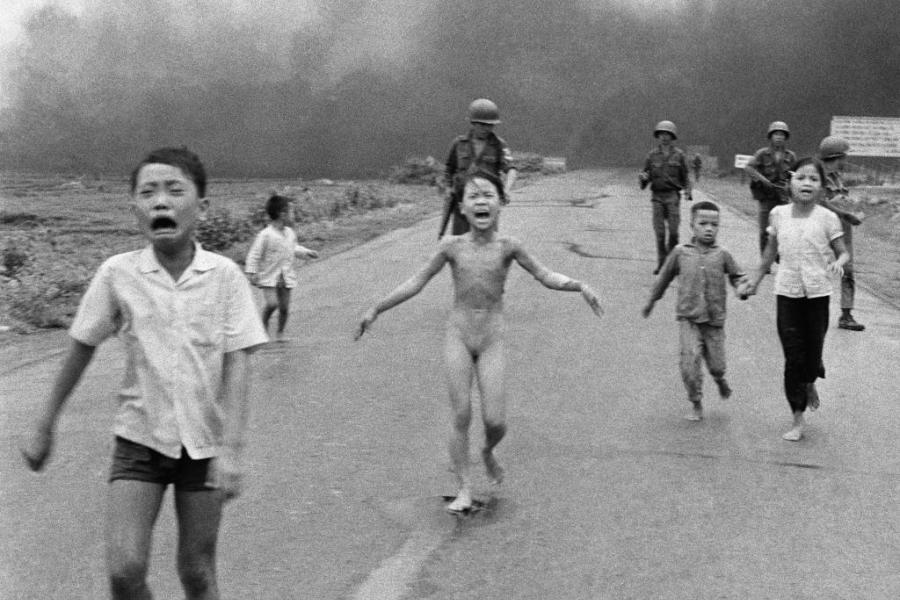Brian Atherton
Well-known
Professionally: yes, with medium format, but not with 4x5 inch or my personal work on black and white 35mm or the digital equivalent.
...
So, the question is - ARE YOU CROPPING? If that sounds like a silly and somewhat stupid question, it is. But after years of 35mm film, I seem to be in some kind of deep rooted anti-cropping mode instead of the earlier Speed Graphic crop like mad mode. I’m paying for the pixels, but I’m not taking advantage of them. I wondered what you are doing.
Hi Bill,
you already paid for the last generation of pixels why not use them for the best possible result, i.e. milking the inherit quality of all the pixels? If you crop the image of the latest and greatest 60+ MP sensor camera, you are indeed throwing out all the info the pixels outside of your cropped area have captured. You could have bought an APS size sensor camera and care about better framing at time of exposure.

My personal attitude about substantial cropping is purely cultural.Is there a technical /aesthetic reason ?
Interested because I`ve never come across this in over fifty years of shooting.
I always thought it common practise in the newspaper industry

